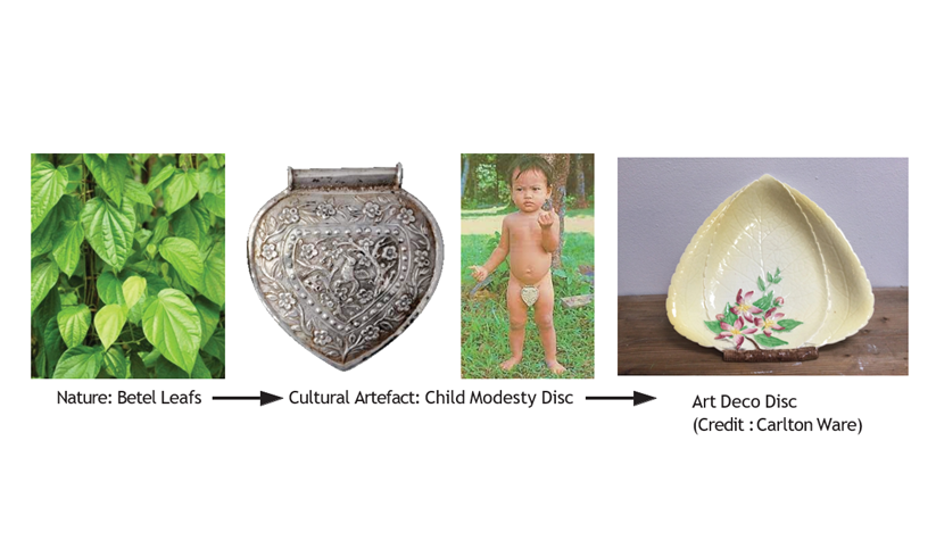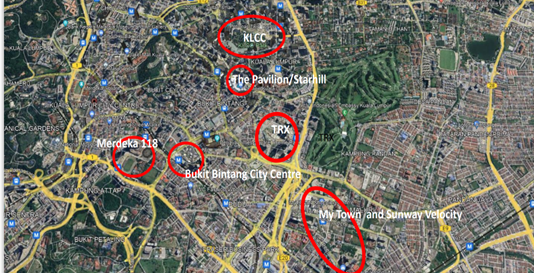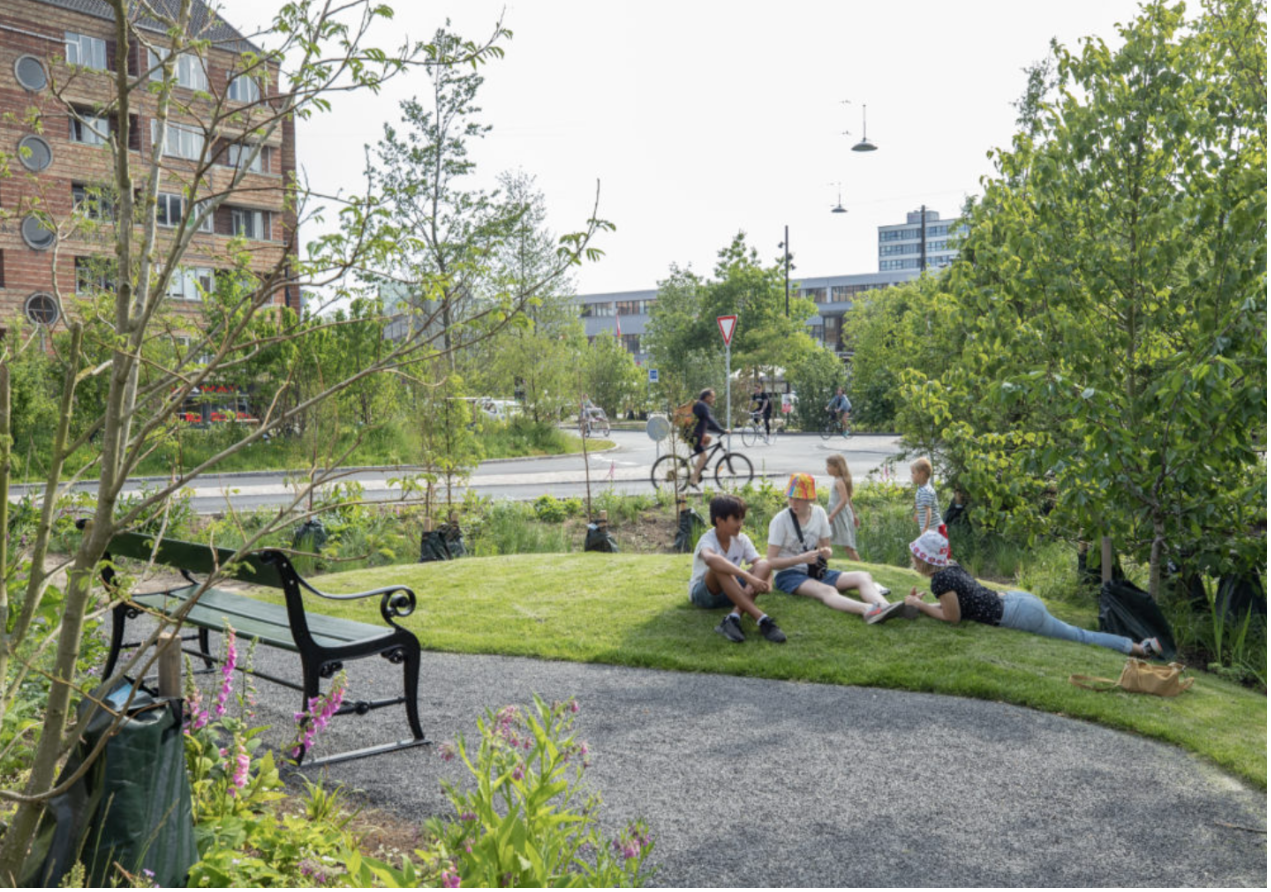Malaysia is very famous among Southeast Asian countries whereby it has a diverse society in terms of religions, ethnicities and cultures. The different races, religions with a protracted history have made Malaysia a unique country with a resilient and diversified cultural background.
However, the diversity of people based on religion, and culture is not something new compared to the diversity of consumers that has developed significantly in recent decades. In relation to this, specifications such as product safety, usability, sales and brand loyalty have become complex and are no longer viewed better in the design process or attributes that determine the success of a product in the market.
This complicity can be overcome if designers intensify the application of human nature and human values in the development and specifications of new products. Efforts to understand traditional , contemporary, communalities and differences between them are important and necessary for designer to meet the demands of global markets. However, Jackson et al., (2021) have argued that current designers have generally failed to understand and have not applied cultural values in the designs of their products.
By examining the failures and complexity, Shariman et al., (2015), have suggested that the position of Malaysian designers is shrouded in difficulties, especially in the development of an identity for national products. His research team has found that multiculturalism efforts are unlikely to succeed in the production of products with a national identity. However, Alphonse Chapanis introduced a special framework 49 years ago called Cultural Ergonomics, to overcome the confusions in using cultural artefacts and cultural values as a source of inspiration to design products with cultural identity and preferences among users.
Cultural ergonomics is an approach that considers design variation based on the interaction and experience between cultures. Hence, cultural ergonomics helps to explore the explicit and implicit meanings of cultural artefacts based on their forms and usability. It also gives a wider space for designers to understand culture and methods of utilizing cultural knowledge from the initial stages of the development of new products. Therefore, a detailed understanding of cultural ergonomics is important to develop interactive and designs that are user -centered.
For example, the ethnic communities of Sabah and Sarawak are rich with various cultural practices and celebrations. The uniqueness and richness of their cultures can be identified through, cloth weaving, wood carvings and leather crafts. They can also be identified or distinguished by the uniqueness of architecture, home appliances, ceremonial equipment, weapons and different ornaments. This shows that the culture of Malaysian society has great potential to increase the value of designs that can gain recognition in the local and global markets.
On the other hand, to ensure the sustainability of national culture, it is necessary to study its characteristics and transform it into a modern entity by integrating with cultural psychology and anthropology as highlighted by the concept of Cultural Ergonomics.

Guest Lecture 2022: Cultural Ergonomics: Terms, Definitions & Benefits

 |
Ts. Dr. Velu A/L Perumal
Pensyarah ,
Fakulti Rekabentuk dan Senibina,
Univerisit Putra Malaysia.
|
Tarikh Input: 27/07/2023 | Kemaskini: 27/07/2023 | uswahhasanah
PERKONGSIAN MEDIA































